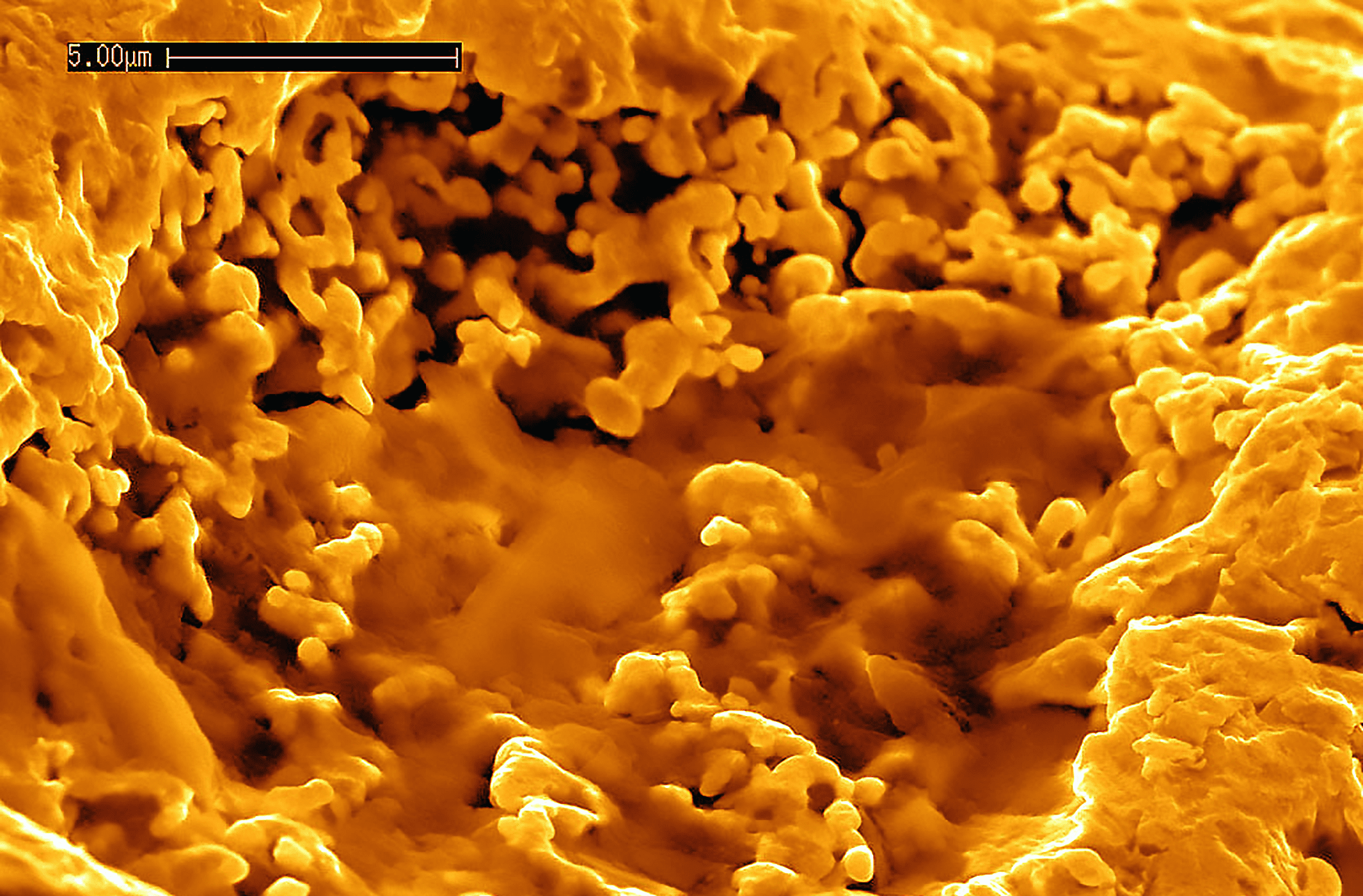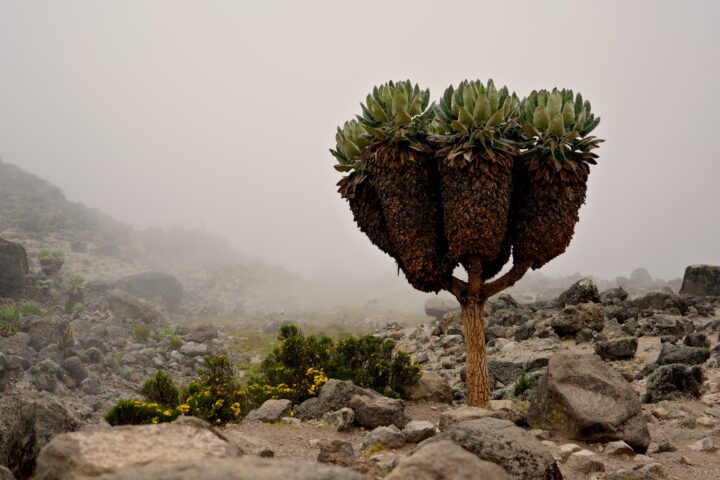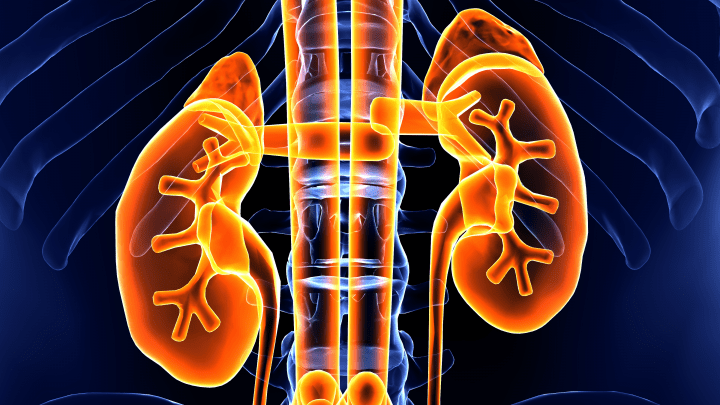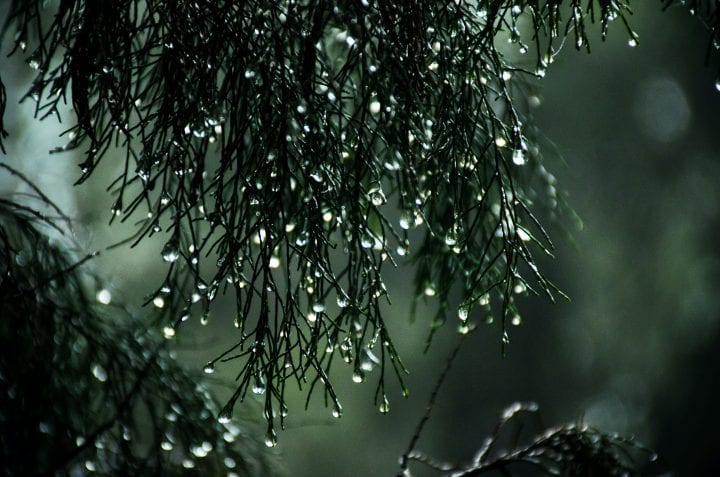Ralstonia metallidurans bacteria can pull toxic dissolved gold out of solution and precipitate it.
“Frank Reith, a geomicrobiologist at the Cooperative Research Centre for Landscape Environments and Mineral Exploration in Kensington, Australia, and three colleagues collected gold grains from two Australian mines. Most of the grains bore the distinctive mounds, they discovered, and the mounds were covered with a thin layer of slime rich in bacteria. DNA analysis showed that each grain harbored as many as thirty species of bacteria that were distinct from the species in the surrounding soils. One species, almost certainly Ralstonia metallidurans, was present on all the grains.
Subsequent experiments showed that the ubiquitous R. metallidurans can pull dissolved gold–which is highly toxic to most life forms–out of solution and precipitate it as harmless particles of solid gold. The details of the process remain to be understood, but in nature it enables the bacteria to live in toxic soils and to contribute to the creation of solid gold. (Science 313:233-6, 2006)” (Flores 2006:14)
“Enzymatically catalysed
precipitation of gold has been observed in thermophilic and hyperthermophilic
bacteria and archaea (for example, Thermotoga maritime, Pyrobaculum
islandicum), and their activity led to the formation of gold- and
silver-bearing sinters in New Zealand’s hot spring systems. Sulphatereducing bacteria (SRB), for example, Desulfovibrio
sp., may be involved in the formation of goldbearing sulphide minerals
in deep subsurface environments; over geological timescales this may
contribute to the formation of economic deposits. Iron- and
sulphur-oxidizing bacteria (for example, Acidothiobacillus ferrooxidans, A. thiooxidans)
are known to breakdown gold-hosting sulphide minerals in zones of
primary mineralization, and release associated gold in the process.
These and other bacteria (for example, actinobacteria) produce
thiosulphate, which is known to oxidize gold and form stable,
transportable complexes. Other microbial processes, for example,
excretion of s and cyanide, may control gold solubilization
in auriferous top- and rhizosphere soils. A number of bacteria and
archaea are capable of actively catalysing the precipitation of toxic
gold(I/III) complexes. Reductive precipitation of these complexes may
improve survival rates of bacterial populations that are capable of (1)
detoxifying the immediate cell environment by detecting, excreting and
reducing gold complexes, possibly using P-type ATPase efflux pumps as
well as membrane vesicles (for example, Salmonella enterica, Cupriavidus (Ralstonia) metallidurans, Plectonema boryanum); (2) gaining metabolic energy by utilizing gold-complexing ligands (for example, thiosulphate by A. ferrooxidans) or (3) using gold as metal centre in enzymes (Micrococcus luteus)…This may suggest
that have played a role in the formation of the Witwatersrand
QPC, the world’s largest gold deposit.” (Reith et al. 2007:567)





